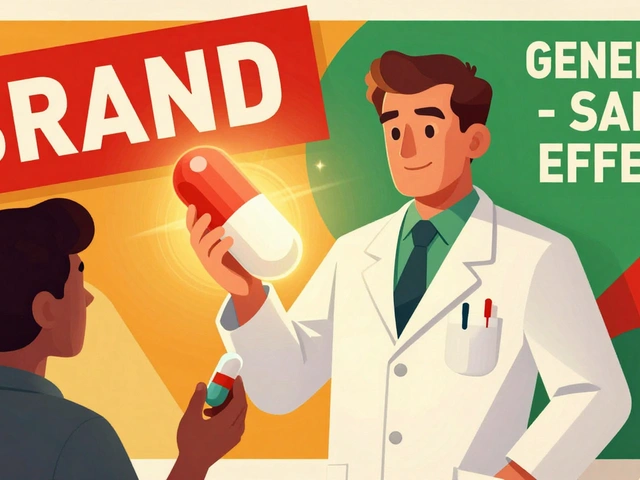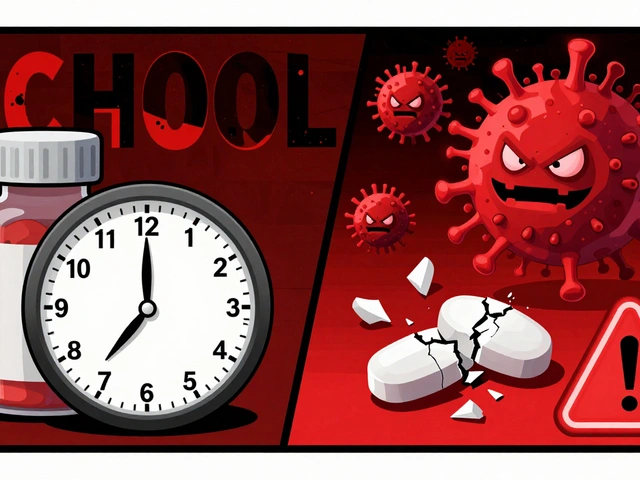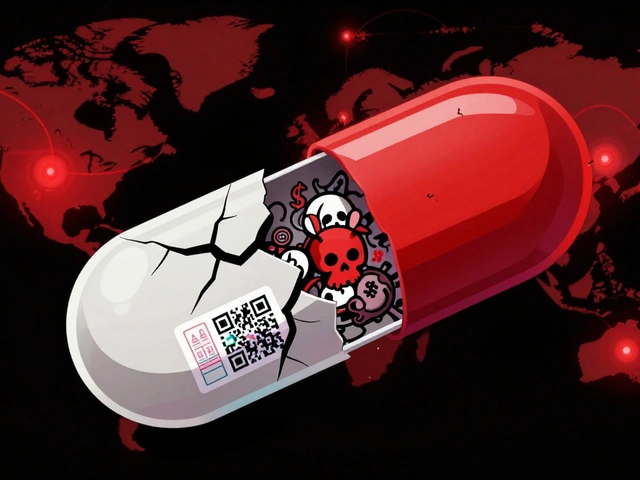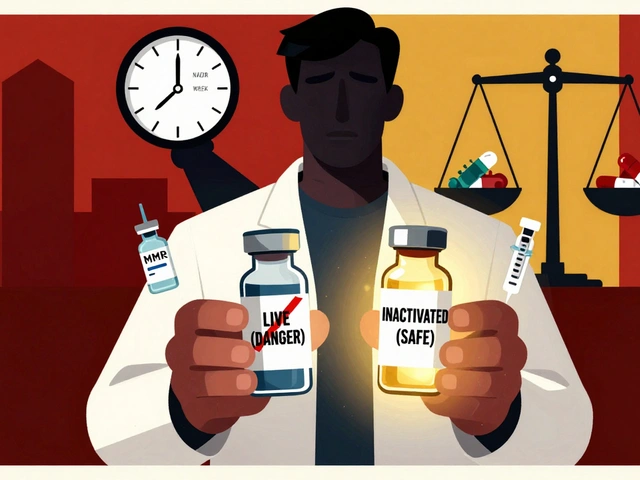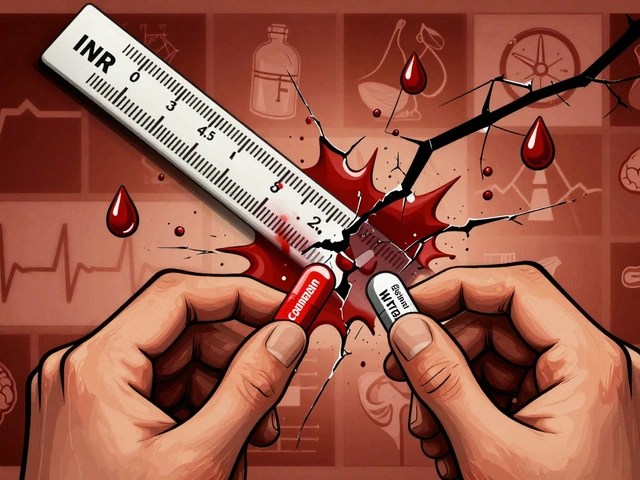Diabetes Medications: What Works, What to Avoid, and How to Stay Safe
When you have diabetes, a condition where your body struggles to manage blood sugar. Also known as hyperglycemia, it affects millions worldwide, and the right diabetes medications can mean the difference between feeling fine and feeling sick every day. These aren’t just pills you take because your doctor told you to—they’re tools that change how your body handles glucose, insulin, and energy. Some lower blood sugar directly, others help your body use insulin better, and a few even slow down digestion to keep spikes in check.
Not all diabetes medications are created equal. Metformin, for example, is often the first choice because it’s cheap, effective, and doesn’t cause weight gain. But if your body stops responding, you might need insulin, which directly replaces what your pancreas can’t make. Then there are newer options like GLP-1 agonists that help you lose weight while controlling sugar. But here’s the catch: many people take these alongside other drugs—like NSAIDs for pain or antihistamines for allergies—and don’t realize how those can mess with blood sugar. Mefenamic acid, for instance, can raise glucose levels, and some antibiotics can throw off your balance too. It’s not just about the diabetes pill—it’s about the whole stack.
What you’ll find in the posts below isn’t a list of drug names. It’s real talk about what actually happens when these medicines meet your body, your diet, and your other prescriptions. You’ll see how some drugs quietly increase your risk of low blood sugar, how others interact with common over-the-counter meds, and why what works for one person might backfire for another. No marketing. No hype. Just the facts you need to ask better questions and stay in control.
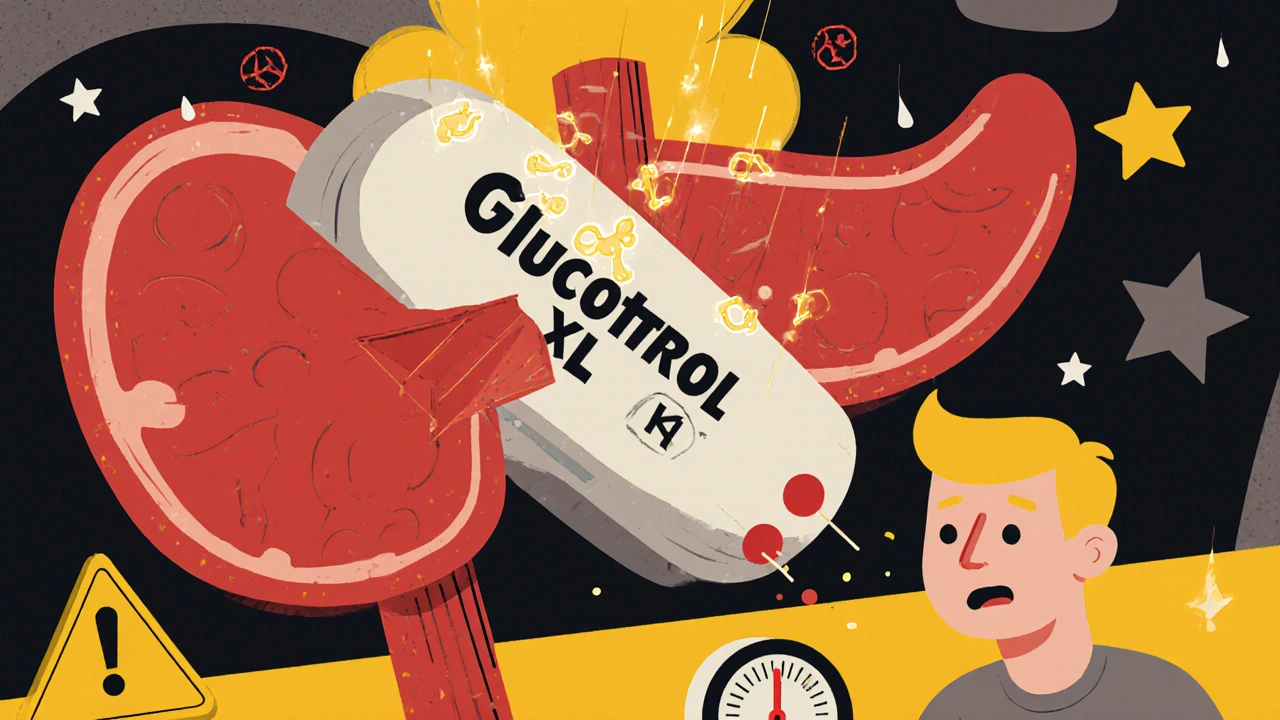
30
Oct
Compare Glucotrol XL (glipizide) with metformin, Januvia, Jardiance, and other diabetes meds. Learn which alternatives are safer, more effective, and better for your heart and kidneys.


